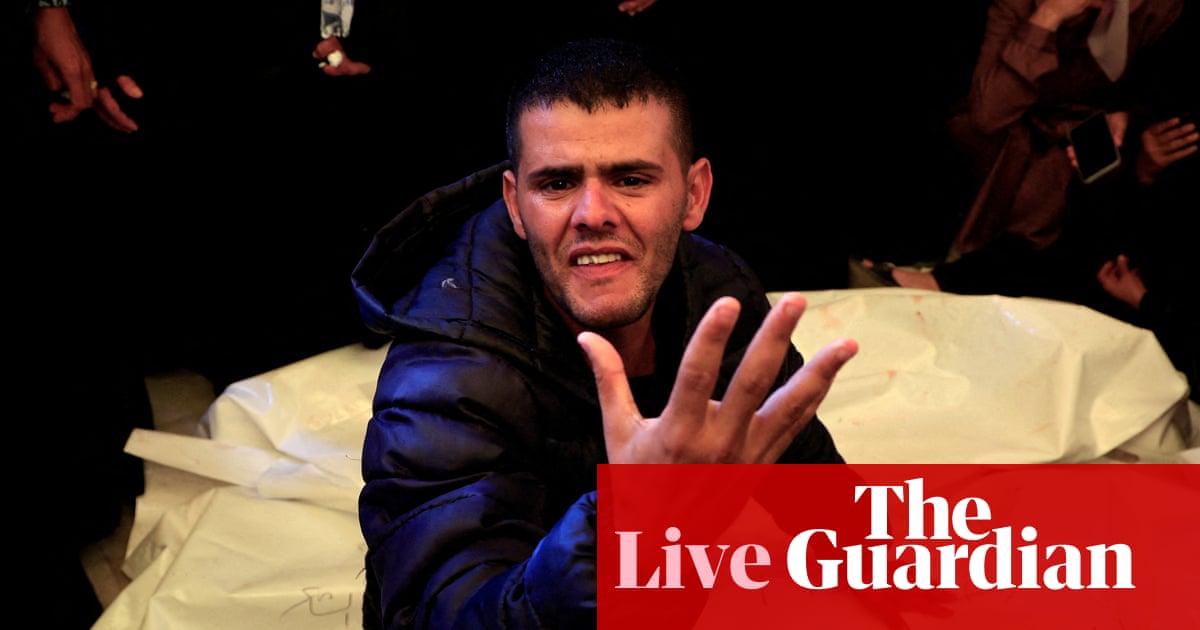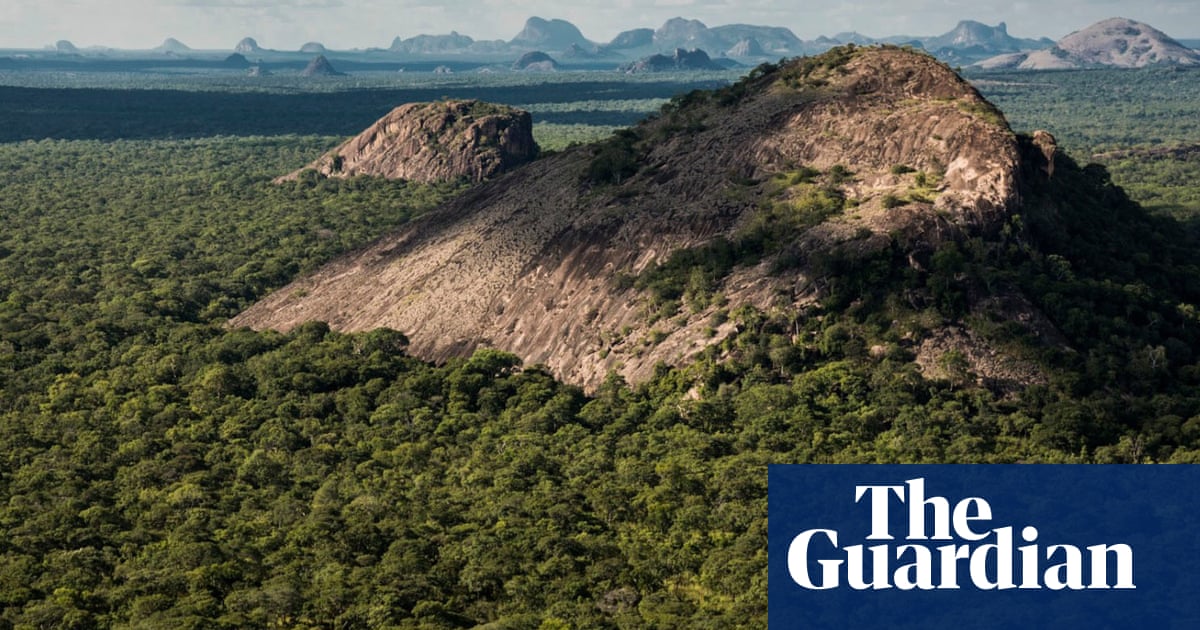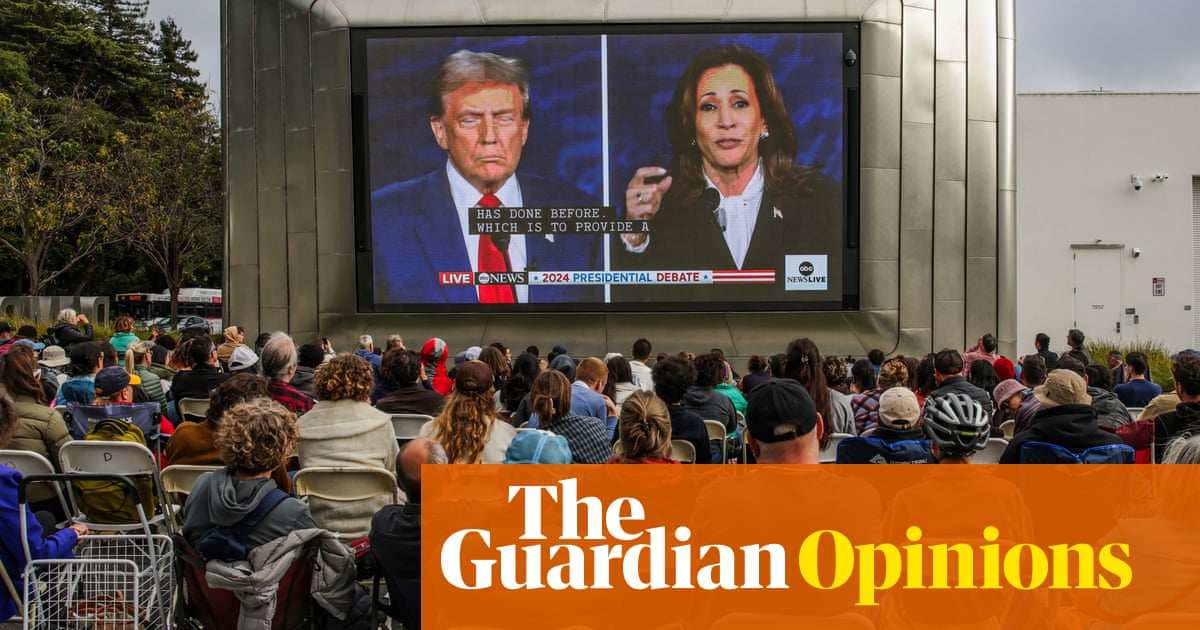A week after fleeing artillery fire from across the border, Rina Begum returned to find her home in Kashmir devastated. The walls were cracked, the roof crumbling, windows blown inward, and glass shards scattered across the floor, mingling with the ashes of her daughter’s books.
The 45-year-old gazed out through a fractured window frame at the looming mountains. “Hell has been raining down from there,” she said.
Begum lives in a hamlet near Uri, a town 60 miles (100km) north-west of Srinagar, the capital of Indian-administered Kashmir. The hamlet is perilously close to the line of control, the heavily militarised de facto border dividing Kashmir between India and Pakistan.
Tensions between the nuclear-armed neighbours escalated into open military confrontation after a militant attack on 22 April killed 25 tourists and a local guide in Pahalgam. India accused Pakistan of having “linkages” to the attack, without publicly presenting evidence. Pakistan denied any involvement.
Soon after, artillery fire erupted across the disputed frontier.
“It felt like my ears would burst from the explosions,” said Begum, who has witnessed previous skirmishes but described this as the most intense. “I thought we wouldn’t survive.” She managed to escape to a nearby town with her husband and six-year-old daughter.
India and Pakistan have fought over Kashmir since gaining independence in 1947, each claiming the entire Himalayan region but controlling only parts of it.
In Indian-administered Kashmir – a Muslim-majority territory – a popular uprising against Indian rule turned violent in the 1990s, with thousands of young men taking up arms to demand either a merger with Pakistan or full independence. Most militant groups pledged allegiance to Pakistan, which provided training, arms and logistical support.
India responded with a massive counterinsurgency campaign that reduced militant numbers from thousands to hundreds. Despite these operations, the insurgency has never been fully quelled and continues to fuel deadly attacks in Kashmir and mainland India.
This time, tensions escalated when India, in response to the attack on tourists, struck suspected militant sites inside Pakistan and in Pakistan-administered Kashmir, prompting retaliatory attacks from Pakistan over what it called violations of its territorial integrity.
As the region inched closer to all-out conflict, both sides launched missiles at each other’s key military bases and airfields, and relentless shelling continued for days. The violence only subsided after the US president, Donald Trump, announced an immediate ceasefire brokered by Washington.
By then, dozens were dead. Kashmir bore the brunt, with approximately 50 civilians killed on both sides, tens of thousands displaced, and several residential areas reduced to rubble.

When the fighting stopped, India and Pakistan both claimed victory. But in Kashmir, fear lingers. Begum and her family returned reluctantly to their village to rebuild. While residents cherish the fragile peace, few believe it will endure.
“I pray this calm lasts,” Begum said. “But these countries will never coexist peacefully unless their issues are resolved. It’s only a matter of time – weeks, months or years – before we’re caught in their war again.”
This fear is echoed by many Kashmiris and observers, who say the circumstances leading to the confrontation remain unchanged.
A fragile peace
Two days after the Pahalgam attack, local police identified three gunmen and released sketches with a bounty of 2m rupees (about £19,000) on each. One was named as a local militant, and the others as Pakistanis. All remain at large.
In his first address after the escalation, the Indian prime minister, Narendra Modi, declared that India had only “paused” its military action and would “retaliate on its own terms”. India’s defence minister added that “any attack on Indian soil will be considered an act of war”.
Experts say such statements increase the likelihood of future escalation, potentially playing into the hands of militant groups.
“This statement is deeply unfortunate. It locks India into a mechanical response – meaning every terrorist act will lead to an attack on Pakistan,” said Ajai Sahni, a counter-terrorism expert based in India. “We must understand that many of these terrorists aim to provoke war between India and Pakistan.”
In 2019, the Modi government unilaterally revoked Kashmir’s limited autonomy, splitting it into two union territories. A crackdown on dissent followed, alongside new laws that stripped local people of exclusive rights over land and jobs – stoking fears of demographic change.
Modi justified the move as a step toward development and better security. Since then, Kashmir has been promoted as a peaceful tourist destination, with rising visitor numbers touted as evidence of normalcy. However, the Pahalgam attack exposed the fragility of that narrative.
In fact, since 2019, the region has witnessed a new wave of attacks by highly trained militants, not only targeting government forces but Hindu minority communities, non-local labourers and Hindu pilgrims.
Indian army and police sources told the Guardian that about 100 militants were active in India-administered Kashmir. Trained in sophisticated jungle warfare and equipped with modern communications, they pose a persistent challenge to the counterinsurgency grid.
Since India’s recent military operations, the threat of further attacks appears to have increased. Terrorist groups including al-Qaida have reportedly issued new warnings against India and vowed to strike again.
Pravin Sawhney, a prominent defence analyst and former military officer, said he believed India’s actions had done little to deter militants. He warned that the threshold for war between India and Pakistan was dangerously low, especially after the Modi government’s declaration that any future militant attack would be treated as an act of war.
As drones and loitering munitions were seen during the recent flare-up, Sawhney said this could become normal.
“The new normal is that whenever there is a terrorist attack and India responds, we’ll see drones, rockets and loitering ammunition fired across the border,” he said.
“The point is that Kashmir is not peaceful or normal. It is a war zone. So if you bring tourists here, these attacks can happen anywhere, anytime. Security forces cannot be everywhere at once.”
For ordinary Kashmiris, the situation feels increasingly helpless. On one side looms the constant threat of renewed violence; on the other, a harsh internal crackdown. In the aftermath of the Pahalgam attack, hundreds have been detained. About 90 people – mostly young men – have been held under the Public Safety Act, a draconian law that allows detention without trial for up to two years.

.png) 6 hours ago
7
6 hours ago
7

















































